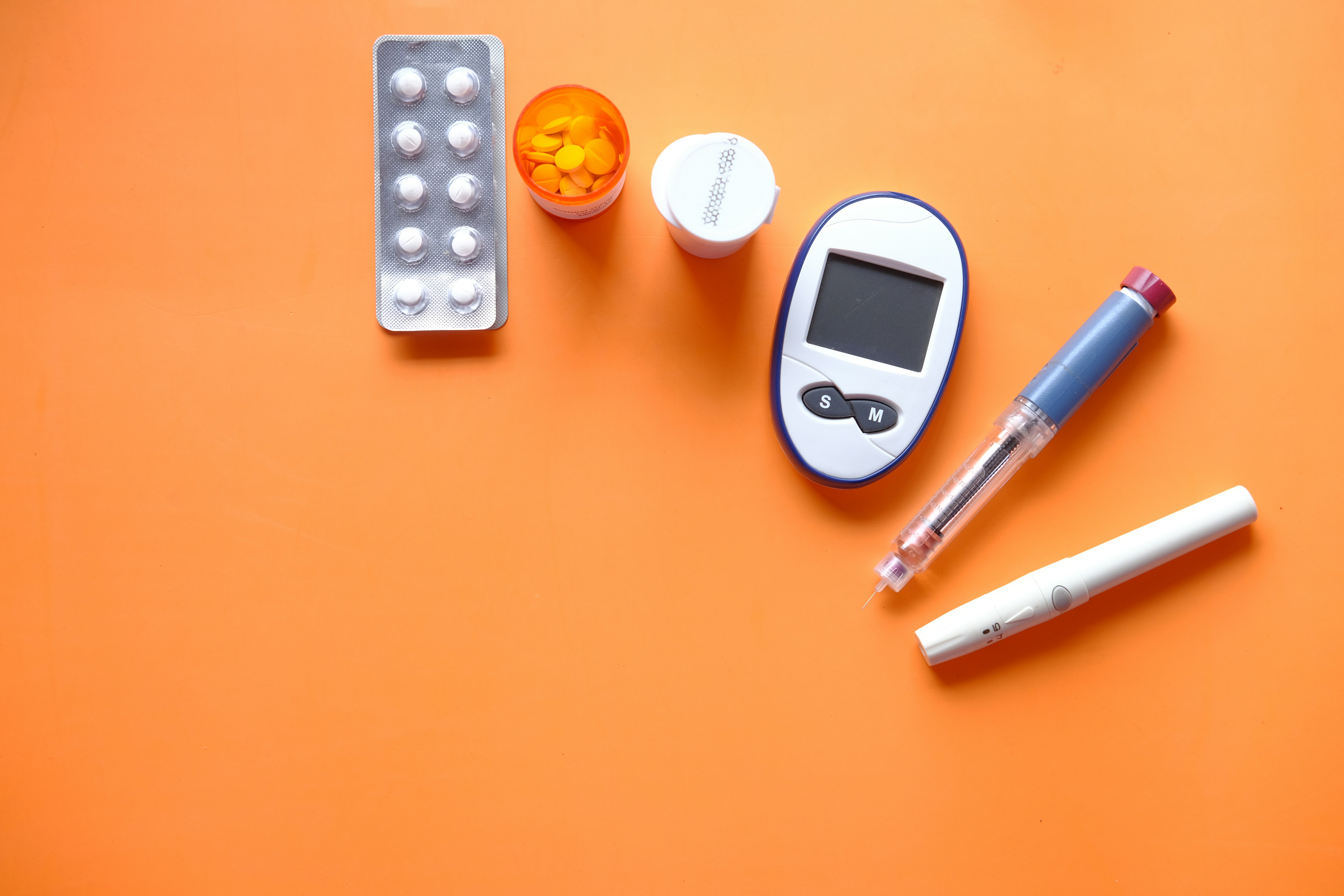Media release
From:
The Lancet Diabetes & Endocrinology: Nearly half of people living with diabetes are undiagnosed, latest estimates suggest
Nearly half (44%) of people over the age of 15 living with diabetes were undiagnosed in 2023, according to a new study from the Global Burden of Diseases, Injuries, and Risk Factors 2023 (GBD2023) published in The Lancet Diabetes & Endocrinology. This is an improvement from 2000, where 53% people were diagnosed, suggesting that the detection of diabetes has improved over time. The study also found that over 90% of those with a diabetes diagnosis were receiving some sort of treatment, and over 40% of people with treated diabetes had their blood sugar levels under control, compared to 21% amongst all people with diabetes.
Despite improvements in the diagnosis, treatment, and control of blood sugar levels in people living with diabetes, significant gaps still exist -- hindering effective management of the disease on a global scale. Up-to-date global estimates of diabetes diagnosis, care, and management are vital for assessing progress and identifying areas for improvement.
Using GBD data and methods, researchers assessed the state of diabetes care globally from 2000 to 2023, covering 204 countries and territories. The study found major regional differences in the diagnosis, treatment, and management of diabetes globally. In 2023, the highest rates of diabetes diagnosis were observed in high-income North America (approximately 83%), southern Latin America (approximately 80%), and western Europe (approximately 78%), while the lowest rates were found in central sub-Saharan Africa, where only about 16% of people with diabetes were diagnosed. Among people diagnosed with diabetes, treatment rates ranged from about 97% in the high-income Asia Pacific region to about 69% in central sub-Saharan Africa. The study also found that younger people (aged 15-39 years) were the least likely to be diagnosed with diabetes globally, with only 26% receiving a diagnosis in 2023. Yet, this group faces a higher risk of lifetime complications compared to those diagnosed later in life, partly because they live with diabetes for longer.
The authors say that despite progress over the past two decades, diabetes remains widely underdiagnosed and poorly managed, especially in low- and middle-income countries and for younger adults. There is an urgent need to strengthen health systems to improve detection, treatment, and ongoing care. The authors also highlight that expanding healthcare access, targeted screening, and higher quality of care could significantly reduce the global burden of diabetes.



 Australia; International; VIC
Australia; International; VIC



